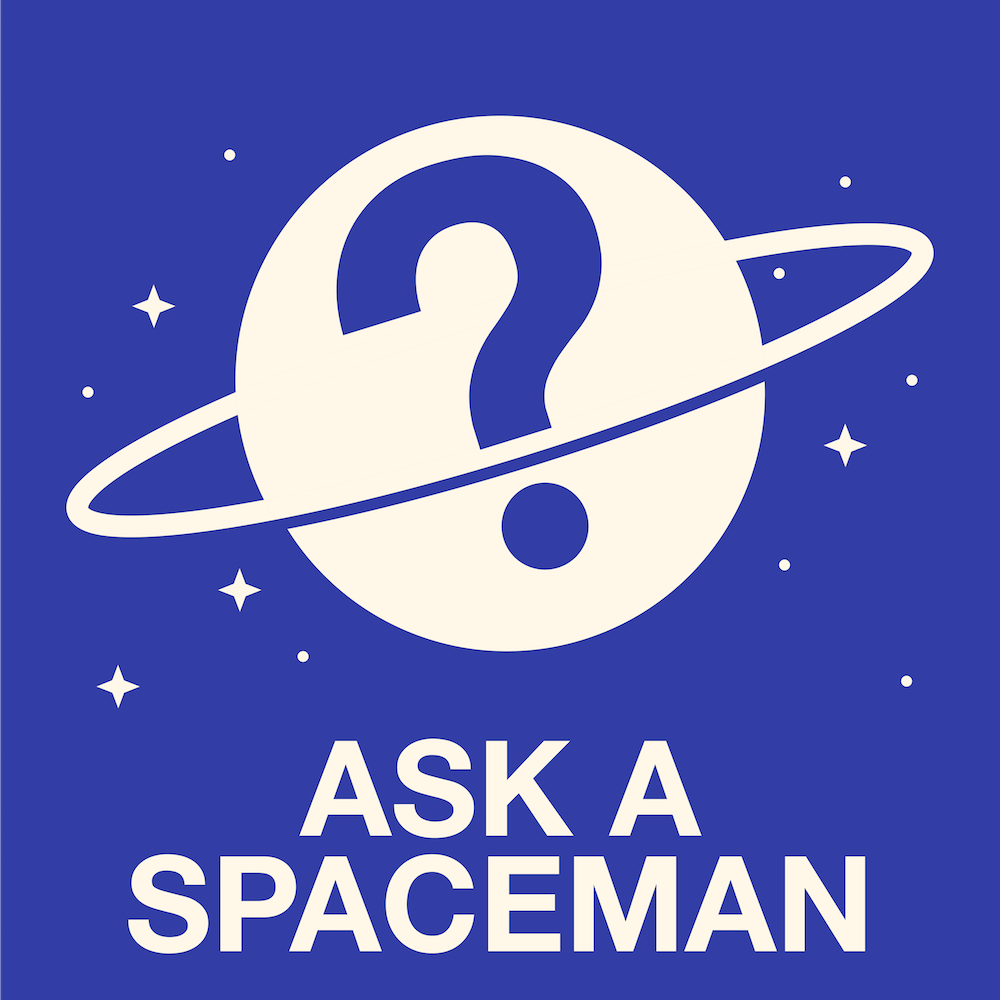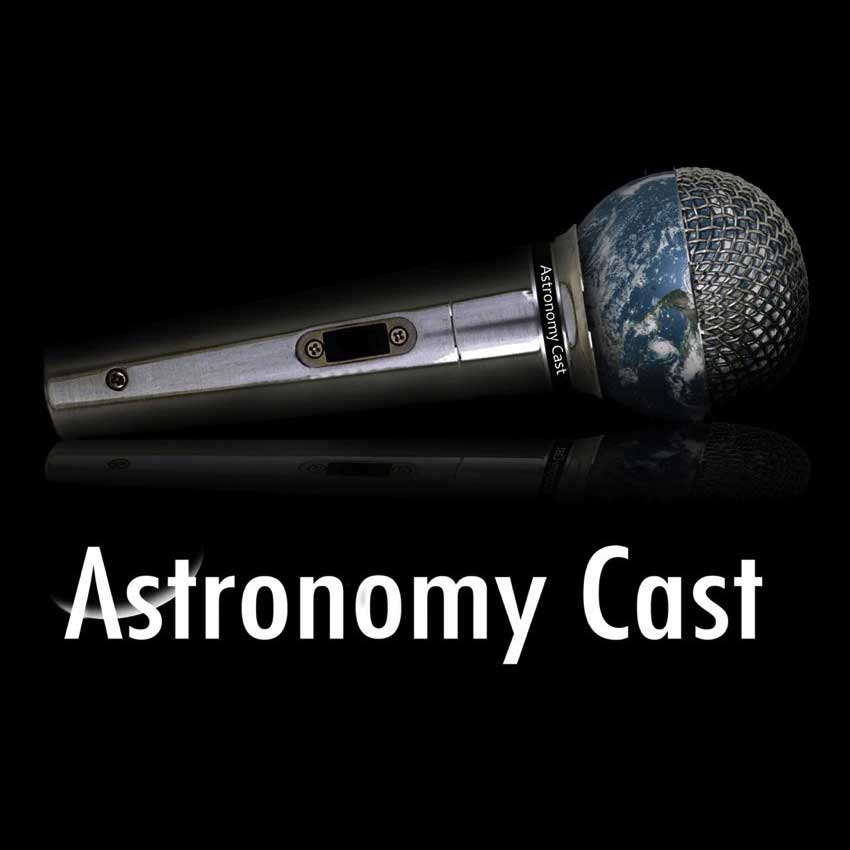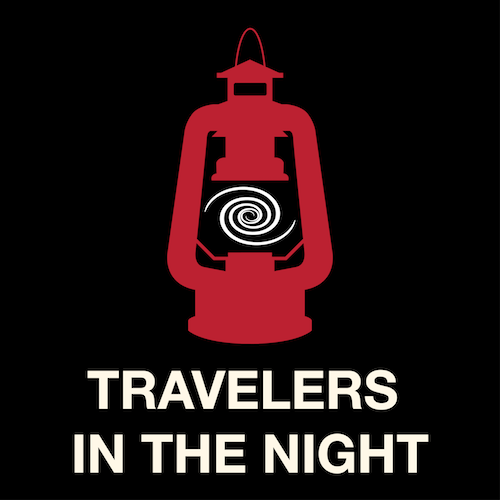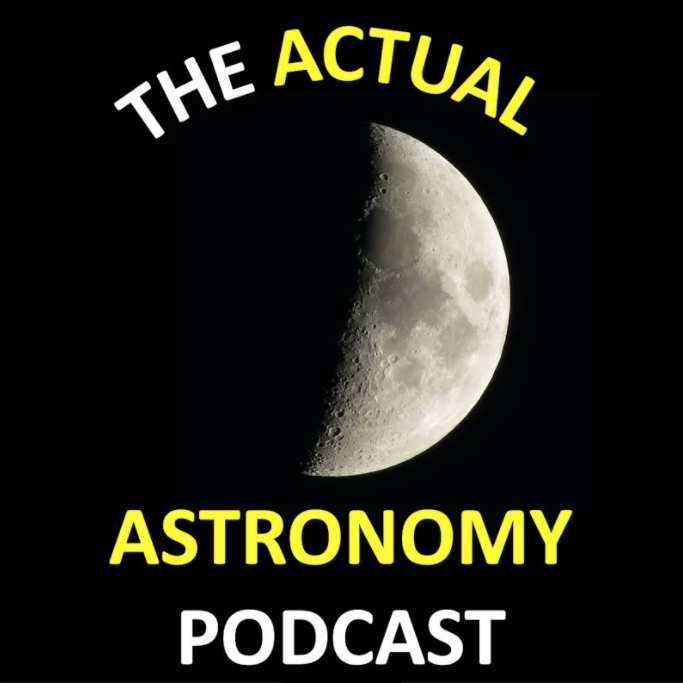What’s so cool about Triton? How did it end up in orbit around Neptune, and what can we learn from it? Could we send a mission there one day?


What’s so cool about Triton? How did it end up in orbit around Neptune, and what can we learn from it? Could we send a mission there one day?

Jupiter’s Great Red Spot is one of its most iconic features. First seen hundreds of years ago. Although it’s certainly long lasting, it’s been changing in size over the last few decades. Shrinking, changing in color. Is it fading away? And what can the changes tell us about storms on giant planets?

Today we have a story about Opportunity Rover that supposed to last in 90 days but has continued to explore the surface of the red planet for 14 years. And the fear of space rocks impact and the damage it brought to the Earth.

The story of how black holes, especially young ones, grow so fast and become massive, even supermassive, has been puzzling astronomers for a long time.

new asteroid has been discovered with an orbit that crosses our own planet’s orbit. In general, this object and Earth are very good and not trying to occupy the same space at the same time, and we’ve managed to coexist for a fair amount of time..


This months interview looks at that stunning imagery that JWST took of the Ring Nebula – that familiar Messier planetary nebula in Lyra and favourite of star parties

Scientists using the Murchison Widefield Array in Australia recently discovered an extremely bright source of radio waves, releasing bursts of energy three times an hour. That timing makes the object behave unlike anything else seen to date, leaving the research team with a new mystery to unravel


Despite the cloud and weather, asteroid hunters were able to discover a small Earth approaching asteroid. Also small space rocks pose no threat to humans, they are an interesting part of our environment